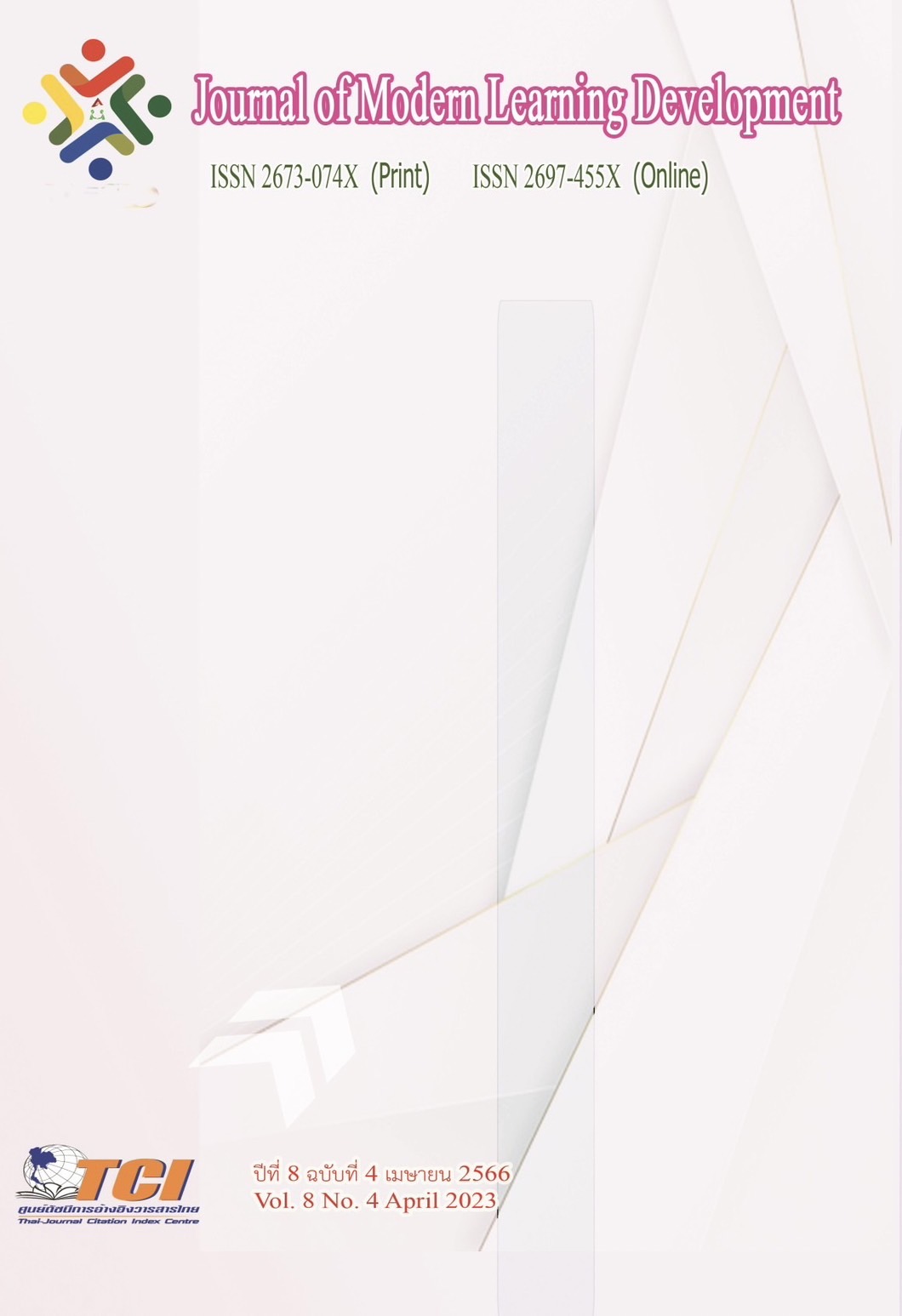Teaching “Leibo Yi” Traditional Ethnic Folk Songs in China
Main Article Content
Abstract
The Leibo Yi language has some differences in different regions. However, the prominent language features are the same as the Yi language, "there are few vowels, mainly including tense vowels, throat vowels, relaxed vowels, singing. During the period, it is necessary to achieve a degree of relaxation; there are many consonants, mainly voiced and unvoiced, and these consonants generally distinguish between aspirated and unaspirated." This academic article presented the teaching of "Leibo Yi," a traditional ethnic folk song in China.
Article Details
References
Atkinson, D. (2004). Folk songs in print: text and tradition. Folk Music Journal, 456-483.
Bose, F. (1968). Traditional Folksong and “Folklore” Singers. Journal of the
International Folk Music Council, 20, 17-21.
Chao, G. & Feng, W. (2012). An Analysis of Epic Identity Function. Folklore Studies,
(05), 5-12. doi:10.13370/j.cnki.fs.2012.05.004.
Duan, C. (2021). On the Musical Characteristics of Liangshan Yi Folk Songs. Art
appreciation, (17), 43-44.
Gülcan, N. Y. (2015). Discussing the importance of teaching ethics in education. Procedia-
Social and Behavioral Sciences, 174, 2622-2625.
Hasanah, A. (2021). An Analysis of Moral Educational Values in Harris J's selected
Song lyrics in Salam Album, [Doctoral dissertation], IAIN Ponorogo.
Heimonen, M. (2012). Music Education and Global Ethics: Educating Citizens for the
World. Action, Criticism, and Theory for Music Education, 11(1), 62-80.
Hooks, B. (1996). Teaching to transgress: Education as the practice of freedom. Journal of
Leisure Research, 28 (4), 316.
Kember, D., & Gow, L. (1994). Orientations to teaching and their effect on the quality
of student learning. The Journal of Higher Education, 65(1), 58-74.
Patnaik, D. N. (1979). Social significance of the folksongs of Orissa.
Qiao, B. (2021). A Century of Chinese Professional Folk Song Singing Art
Overview. Chinese Music, (06), 200-208. doi:10.13812/j.cnki.cn11-
/j.2021.06.025.
Wang, R. (2013). The Expression Form and Mode Characteristics of Liangshan Yi
Folk Songs. Journal of Qujing Normal University, (02), 115-118.
Yuan, Y., & Jing, Z. (2013). An Introduction to Minority Music Culture in Liangshan
Prefecture. Xichang College, China. Sichuan University Press.
Zhang, Y. (2011). On the organic integration of art and morality, truth, goodness and
beauty: Inspiration from Chinese traditional painting. Art Hundred Schools
(S2), 205-207+114.
Zhou, Z. (2020). Exploration of the Beauty of Life in Chinese Traditional Music——
Inheritance and Innovation of Chinese Traditional Folk Songs in Music Teaching.
Modern Education Science, (S1), 141-142.
Zhu, J. (2016). Interpretation of the Importance of Dialect Singing in Traditional Folk
Songs. Art Review, (07), 54-56.


